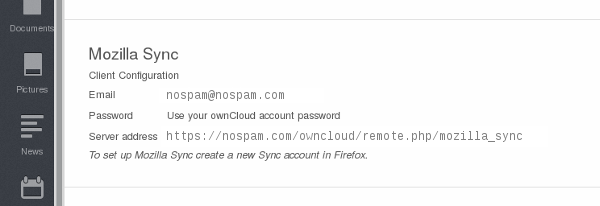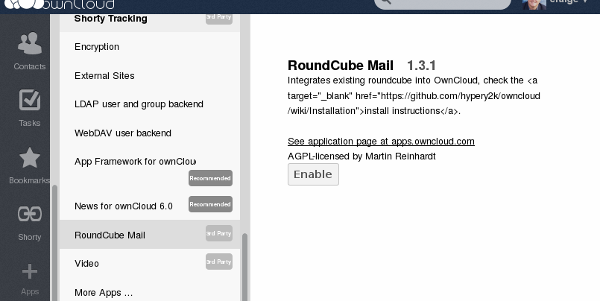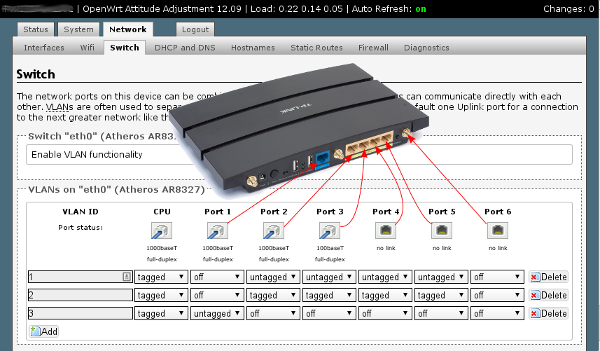Man vs Chicken
I'm in an arms race with a chicken.
She doesn't have a chopper (yet) and I'll admit that there's no actual arms involved. However she does know how to pull of a determined escape to sleep in her favourite place - under our caravan.
Our few chickens used to roam where ever they wanted over our 60 acres but recently we've had the need to restrain them to only one paddock. Having the chickens dig up my seedlings and our vegies was not something we desired.
Since we made that call, I've been battling one of the chickens, "Sunday Roast", who is clearly descended from Houdini. Under gates, onto and over gates, corner assemblies, wooden fence posts. You name it, she's used it to escape.
One by one over the last few months I discovered each of her escape routes and closed them off by a variety of techniques. This week I discovered her latest trick was to land on the fence posts before flying off to land on the other side. This development required a new approach from me and this was the answer:

Some scrap fencing wire I had lying around, a CDROM from my stockpile of future bird scarers (to hang from our fruit trees when they mature), few minutes bending and the fence posts were no longer so attractive to our feathered escapologist.
I'm happy to say that after a couple of hours pacing for an exit on dusk, she returned to the hen house and snuggled up. This round goes to me, for now.
Oh and if you need a copy of a Windows Vista restore disk for a Lenovo, you know where you can get it,
(No, I'm not clipping her wings, there's no fun in that).
Update: This morning Sunday Roast was still in the paddock. I may have the upper hand...for now.
















 Hamish and I had been out visiting "pirates" on their catamaran:
Hamish and I had been out visiting "pirates" on their catamaran:
 We're actually pulling onto what passes for a wave at Roaring Beach:
We're actually pulling onto what passes for a wave at Roaring Beach:
 Hamish caught his first waves on my 9'4"
Hamish caught his first waves on my 9'4"  The old man of the sea comes ashore after dusting off his surf board for the first time since they crossed Bass Strait 5+ years ago:
The old man of the sea comes ashore after dusting off his surf board for the first time since they crossed Bass Strait 5+ years ago:


